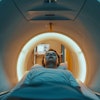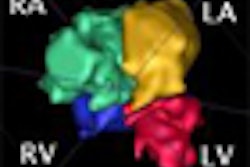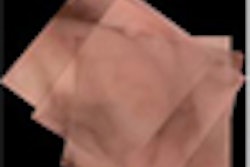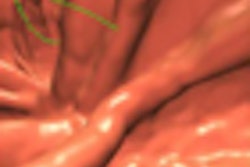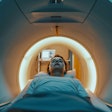Friday, December 4 | 11:50 a.m.-12:00 p.m. | SST01-09 | Room E451A
Using computer-aided detection (CAD) technology with digital screening mammograms increased mean interpretation times by 19%, according to this scientific paper to be presented on Friday.While many studies have examined CAD's role in improving cancer detection, few have evaluated how much time it adds to the interpretation process, a potentially key factor in determining the technology's cost-effectiveness. As such, this research group aimed to prospectively measure the time it took to interpret clinical screening digital mammograms both with and without CAD, said presenter Philip Tchou, Ph.D., of M. D. Anderson Cancer Center at the University of Texas in Houston.
The study team timed four experienced breast imagers while they were interpreting clinical digital breast screening mammograms. Before the CAD images were revealed, readers were asked to decide if the patient should be called back for further testing and to provide a confidence level. They were asked to decide again after reviewing the CAD images.
Out of 104 cases, CAD instigated a change in reader conclusions in two cases and a change in confidence level in 26 cases. On average, CAD increased interpretation times by an average of 23 seconds (19%).
"[CAD] requires a considerable time investment for digital screening mammography, but may provide less measurable benefits in terms of the confidence of the radiologists," Tchou told AuntMinnie.com.

